We have to make a difference today to help our fellow men and women in this world. What better way to help the world than to finally deal with the root cause of depression which is poverty. What does it mean to be poor in this world? We can offer no single description of world poverty. But for many, perhaps most, it means homes with peeling paint, inadequate heating, uncertain plumbing, no food to eat, no clothes to wear and if there are clothes they are hand me down rags.
Poverty means that only the very lucky among the children receive a decent education. It often means a home where some go to bed hungry and malnutrition is a frequent visitor. It means that the most elementary components of the good life in the world--a vacation with kids, an evening out, a comfortable home--are but distant and unreachable dreams, more likely to be seen on the television screen than in the neighborhood, if one has a television.
And for almost all the poor it means that life is a constant struggle to obtain the merest necessities of existence, those things most of us take for granted. We can do better. We can do more to fight poverty not just in America but in the world.
Poverty has many faces and we must reveal the many faces of poverty to those that are unaware of it. We must reveal the many faces of poverty that have existed since the last century. The poor is seen as a forgotten class in the world but in the wake of this economic downturn, we are beginning to see that there are more people than ever thought that are living in poverty or below the poverty line than originally thought.
It is not only noble and right, but it is good and smart politics for us fight on behalf of good jobs, a living wage, good healthcare and good education. We can do better. We need a strong and activist government, but the problems of poverty will not be solved from the top. Poverty can only be dealt with properly with a combination of the civil rights movement and the activist movements similar to the one that occurred during the sixties which generated our last truly national and global attack on the problems of poverty.
In a democracy significant social change comes from the bottom up, from an aroused opinion that forces our ruling institutions to do the right thing. Since all nations are not a democracy, we the people of every nation must use social change from the bottom up to change the opinions of the powers at be so that once and for all poverty is dealt with properly.
Poverty is the state for the majority of the world’s people and nations. Why is this? Is it enough to blame poor people for their own predicament? Have they been lazy, made poor decisions, and been solely responsible for their plight? What about their governments? Have they pursued policies that actually harm successful development? Such causes of poverty and inequality are no doubt real. But deeper and more global causes of poverty are often less discussed.
Behind the increasing interconnectedness promised by globalization are global decisions, policies, and practices. These are typically influenced, driven, or formulated by the rich and powerful. These can be leaders of rich countries or other global actors such as multinational corporations, institutions, and influential people. In the face of such enormous external influence, the governments of poor nations and their people are often powerless. As a result, in the global context, a few get wealthy while the majority struggle.
About 25,000 people die every day of hunger or hunger-related causes, according to the United Nations. This is one person every three and a half seconds, as you can see on this display. Unfortunately, it is children who die most often.
Yet there is plenty of food in the world for everyone. The problem is that hungry people are trapped in severe poverty. They lack the money to buy enough food to nourish themselves. Being constantly malnourished, they become weaker and often sick. This makes them increasingly less able to work, which then makes them even poorer and hungrier. This downward spiral often continues until death for them and their families.
Now there are effective programs to break this spiral. For adults, there are “food for work” programs where the adults are paid with food to build schools, dig wells, make roads, and so on. This both nourishes them and builds infrastructure to end the poverty. For children, there are “food for education” programs where the children are provided with food when they attend school. Their education will help them to escape from hunger and global poverty.
However these programs are usually underfunded or the powerful in these nations deny the real resources to get to those who need it the most. That’s why we can do better people to fight poverty. We can’t stand on the sideline any more when almost half the world — over 3 billion people — live on less than $2.50 a day.
The GDP (Gross Domestic Product) of the 41 Heavily Indebted Poor Countries (567 million people) is less than the wealth of the world’s 7 richest people combined. Nearly a billion people entered the 21st century unable to read a book or sign their names. Less than one per cent of what the world spent every year on weapons was needed to put every child into school by the year 2000 and yet it didn’t happen. 1 billion children live in poverty (1 in 2 children in the world). 640 million live without adequate shelter, 400 million have no access to safe water, 270 million have no access to health services. 10.6 million died in 2003 before they reached the age of 5 (or roughly 29,000 children per day).
We can do better to eliminate poverty people. We can do more to help the at least 80% of humanity lives who live on less than $10 a week. With more than 80 percent of the world’s population lives in countries where income differentials are widening, we can do better people. We can no longer ignore the poverty issues plaguing this world which is why the poorest 40 percent of the world’s population accounts for 5 percent of global income in this world while the richest 20 percent accounts for three quarters of world income. This must change.
For far too long we have ignored the poverty issue in this world but according to UNICEF, 25,000 children die each day due to poverty. And they die quietly in some of the poorest villages on earth, farm removed from the scrutiny and the conscience of the world. Being meek and weak in life makes these dying multitudes even more invisible in death. We must do something about this because around 27-28 percent of all children in developing countries are estimated to be underweight or stunted. The two regions that account for the bulk of the deficit are South Asia and sub-Saharan Africa. We can’t continue to allow this to happen because if current trends continue, the Millennium Development Goals target of having the proportion of underweight children will be missed by 30 million children, largely because of slow progress in Southern Asia and sub-Saharan Africa.
Being poor in this world is no joke and isn’t a laughing matter because it is clear that this economic downturn has resulted in millions of more people living day to day and has adjusted people’s lifestyles like never before. Living in poverty affects the world’s intelligence base. So with about 72 million children of primary school age in the developing world were not in school 4 years ago; 57 percent of them were girls which is considered optimistic numbers meaning it could be worse than predicted.
Still nearly a billion people entered the 21st century unable to read a book or sign their names. Less than one per cent of what the world spent every year on weapons was needed to put every child into school by the year 2000 and yet it didn’t happen. Now in 2009 we can imagine how much larger that gap is due to two wars America is fighting and other wealthy nations assisting in those wars as well as trying to build their military defenses in the process.
However poverty doesn’t just affect education but it affects healthcare in the world because infectious diseases continue to blight the lives of the poor across the world. An estimated 40-70 million people are living with HIV/AIDS with between 3-9 million deaths plus deaths from 2004-2007. Every year there are 350-500 million cases of malaria, with 1 million fatalities: Africa accounts for 90 percent of malarial deaths and African children account for over 80 percent of malaria victims worldwide.
With water problems affecting half of humanity and some 1.1 billion people in developing countries having inadequate access to water, and 2.6 billion lacking basic sanitation, it is clear that poverty has many roots that we have to deal with. Almost two or three people lacking access to clean water survive on less than $2 a day, with one in three living on less than $1 day. These numbers are horrendous and troubling but this is what we must deal with if we are to properly deal with poverty in the world.
Access to piped water into the household averages about 85% for the wealthiest 20% of the population, compared with 25% for the poorest 20%. This is why 1.8 billion people who have access to a water source with 1 kilometer, but not in their house or yard, consume around 20 liters per day. In the United Kingdom (UK), the average person uses more than 50 liters of water a day flushing toilets (where average daily water usage in the world is about 150 liters a day). The highest average water use in the world is in the U.S. with 600 liters per day. Thus without adequate water usage for those who live in poverty, it is clear that the hopes of combating diseases and other things is slim.
Having adequate water to use is just one of many problems that the poor face but it leads to other problems. With some 1.8 million children deaths each year being as a result of diarrhea and with the loss of 443 million school days each year from water-related illnesses. Close to half of all people in developing countries suffer at any given time from a health problem causes by water and sanitation deficits.
Also millions of women all around the world are spending several hours a day collecting water and the human costs can be added to the massive economic waste associated with the water and sanitation deficit. The costs associated with health spending, productivity losses and labor diversions are greatest in some of the poorest countries. Sub Saharan Africa loses about 5% GDP, or some $28.4 billion annually, a figure that exceeds total aid flows and debt relief to the region in 2006.
Now poverty affects the most vulnerable of our people which are children. There are 2.2 billion children in the world and 1 billion of those children live in poverty with every second child in a family literally getting hand me downs. The problem of poverty and children is not just happening in underdeveloped countries but it is taking place in developed and developing countries as well. There are 1.9 billion children from the developing world and 640 million are without adequate shelter (1 in 3), 400 million live without no access to safe water (1 in 5), and 270 million are without no access to health services (1 in 7).
When it comes to education and poverty, 121 million are without it and the survival of children worldwide is at risk. 12.6 million plus children died from 2003-2006 before they reached the age of 5. That number alone is the same as the children’s population if not higher than France, Germany, Greece and Italy. 1.4 million children die each year from the lack of access to safe drinking water and adequate sanitation. Now when it comes to the health of children worldwide, the numbers are even more drastic. 2.2 million children die each year because they are not immunized and 15 million children are orphaned due to HIV/AIDS which is similar to the children population in Germany or the UK.
However poverty is not just an urban problem but it is a rural problem as well. Rural areas accounts for three in every four people living on less than $1 U.S. dollar a day and a similar share of the world population suffering from malnutrition. Still, urbanization is not synonymous with human progress which is why urban slum growth is outpacing urban growth by a wide margin. Approximately half the world’s population now live in cities and town but in 2005, one out of three urban dwellers (approximately 1 billion people) were living in slum conditions.
What is even worse for those who live in poverty throughout the world is that in developing countries, some 2.5 billion are forced to rely on biomass, fuel wood, charcoal and animal dung—to meet their energy needs for cooking. In sub-Saharan Africa, over 80 percent of the population depends on traditional biomass for cooking, as do over half of the populations of India and China. Indoor population resulting from the use of solid fuels by poorer segments of society is a major killer. It claims 1.5 million people every year, more than half of them below the age of five: that is 4,000 deaths a day. To put this number in context, it exceeds total deaths from malaria and rivals the number of deaths from tuberculosis.
We can do better to deal with poverty in this world because no matter how you cut it, poverty cuts across many barriers of life such as education and healthcare. If we don’t deal with poverty now in the world than we will have to deal with it in the future in other capacities. We can’t continue to ignore the poor in the world. We don’t have to watch late night television to see the infomercials of the poor children of the world or to see that poverty affects all walks of life.
As long as the wealthiest 20% of the world accounts for 76.6% of total private consumption compared to the poorest fifth just 1.5% than we have to deal with poverty up close and in person. With the GDP (Gross Domestic Product) of the 41 Heavily Indebted Poor Countries (567 million people) being less than the wealth of the world’s 7 richest people combined, it is clear that poverty is a major issue that needs to be addressed.
The world GDP was $48.2 trillion in 2006 and the world’s wealthiest countries approximately 1 billion of the world’s 6.5 billion population accounts for $36.6 trillion dollar (76%). These numbers are a clear example of the disparities between the rich and the poor. The world’s billionaires—497 people (approximately 0.00008% of the world’s population) — are worth $3.5 trillion which is over 7% of the world’s GDP. Low income countries (2.4 billion people) only account for just $1.6 trillion of GDP which is 3.3% and middle income countries (3 billion people) make up the rest of the GDP at just over $10 trillion which is 20.7%.
Thus it is clear that as long that the world’s low income countries are way too far behind the rest of the world and much is needed to help these countries catch up. The disparity is alarming when the world’s low income countries only account for 2.4 of the world’s exports and the total wealth of the top 8.3 million people around the world rose 8.2 to $30,8 trillion in 2006, giving them control of nearly a quarter of the world’s financial assets.
In other worlds, about 0.13% of the world’s population control 25% of the world’s financial assets. What is even more bad is that for every $1 in aid a developing country receives, over $25 is spent on debt repayment is why poverty in this world is being dealt with improperly. It’s no way we can help developing nations if their debt continues to grow greater and greater while the wealthiest nations in the world exploit the poorest in terms of debt relief.
Thus the disparity in wealth is one reason why poverty is as great as it is. So when 51 percent of the world’s 100 hundred wealthiest bodies are corporations. The wealthiest nation on Earth has the widest gap between rich and poor of any industrialized nation. Also the poorer the country the more likely it is that debt repayments are being extracted directly from people who neither contracted the loans nor received any of the money.
This is too great of a disparity to ignore any longer. In 1960, the 20% of the world’s people in the richest countries had 30 times the income of the poorest 20% — in 1997, 74 times as much. An analysis of long-term trends shows the distance between the richest and poorest countries was about:
· 3 to 1 in 1820
· 11 to 1 in 1913
· 35 to 1 in 1950
· 44 to 1 in 1973
· 72 to 1 in 1992
· 74 to 1 in 1997
· 85 to 1 in 2001
· 97 to 1 in 2005
· 101 to 1 in 2007
Still we can do better to deal with is issue. We can’t continue to allow poverty in the world to be the doom of living a prosperous life. For far too long we have ignored it and now it is up to my generation to finally put a dent in eradicating poverty like the 1960s Generation did.
We have to do better than what we are doing to deal with poverty and the poor but that starts now with us looking at the numbers and finally putting together a worldwide plan that fully deals with it. We can’t ignore the numbers and even without the numbers, we can just look around our cities and towns and see the impacts of poverty on our social.
Now with the global economic disaster, it is even more important for us to finally deal with poverty like never before cause more people have suffered economically which has resulted in many becoming poor or near the poverty line. The ramifications of the global economy will reveal to many nations just how poor their people are and how much in bad shape many nations really are when it comes to financial stability.
Thus we can do better as a society to deal with poverty and in helping the poor. Governments alone can’t do it but people all around the world along with the wealthy can begin to put major dents in the problems facing the poor.
Now is our time to deal with poverty and we can do better starting right here, right now. We will do better when dealing with poverty once and for all. So let’s deal with poverty once and for all. We can do better and we will do better.
Eradicating Poverty Begins Today with You & Me!














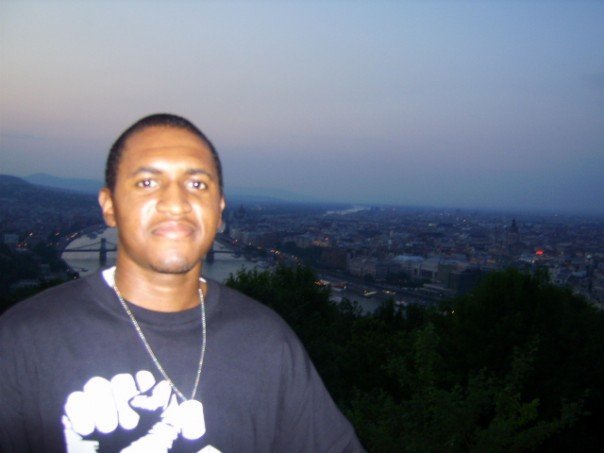



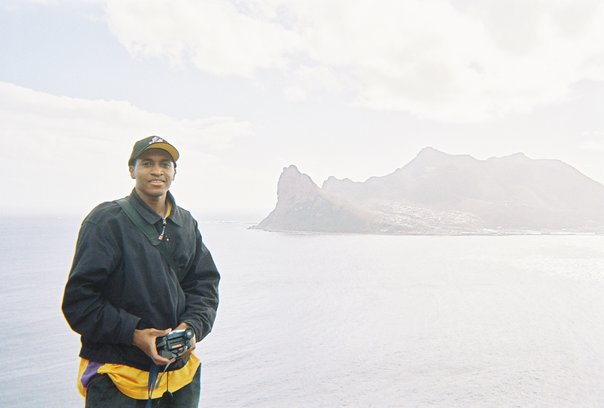

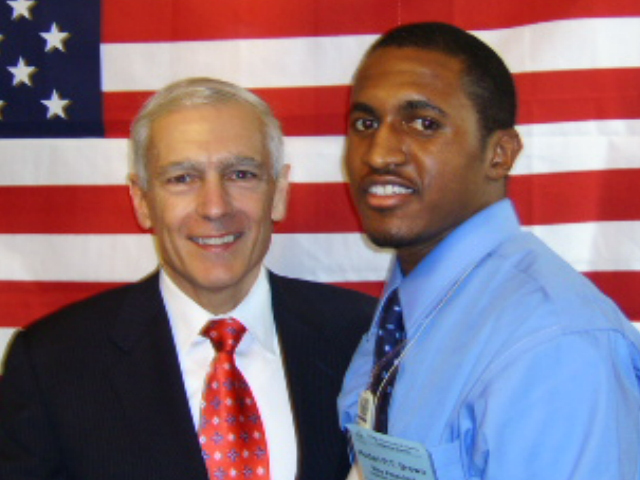
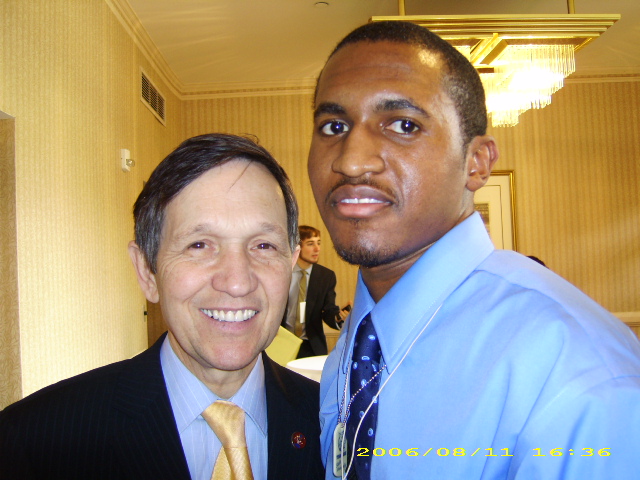


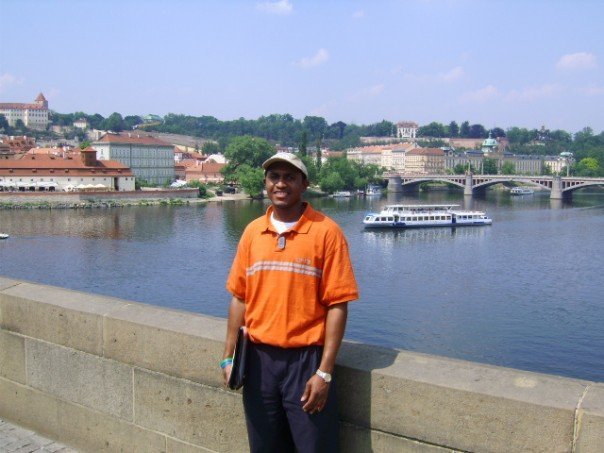
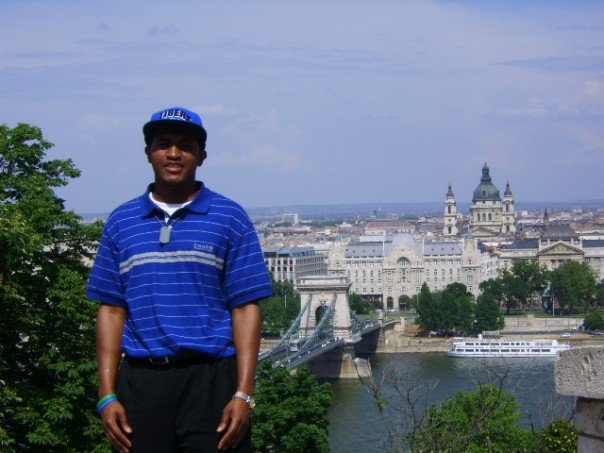
No comments:
Post a Comment